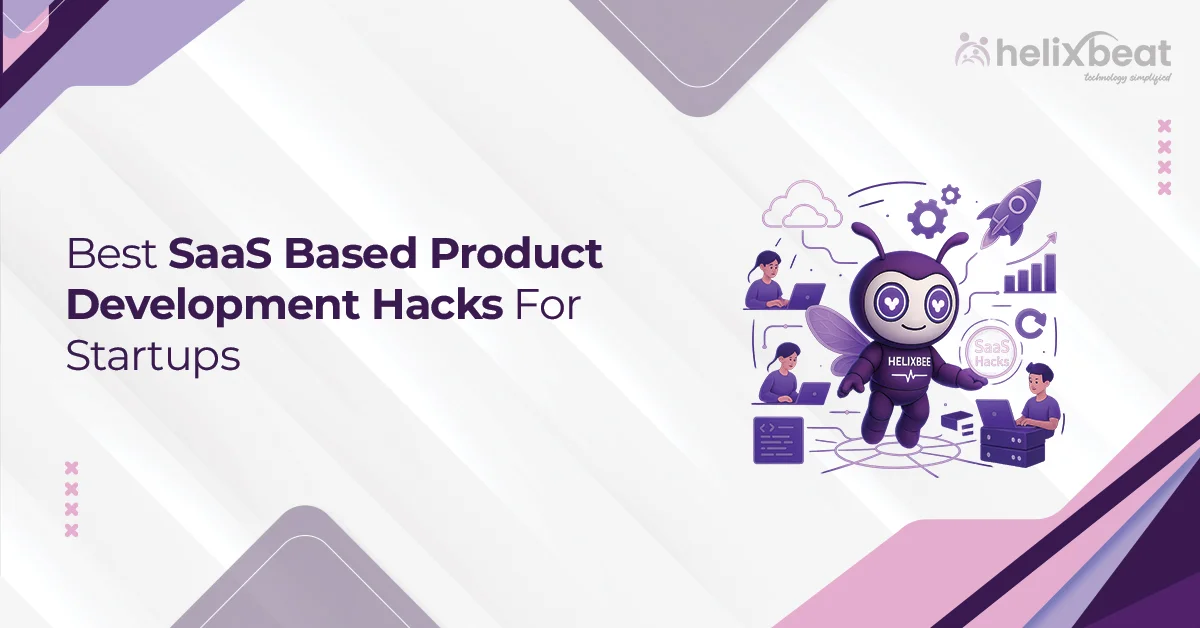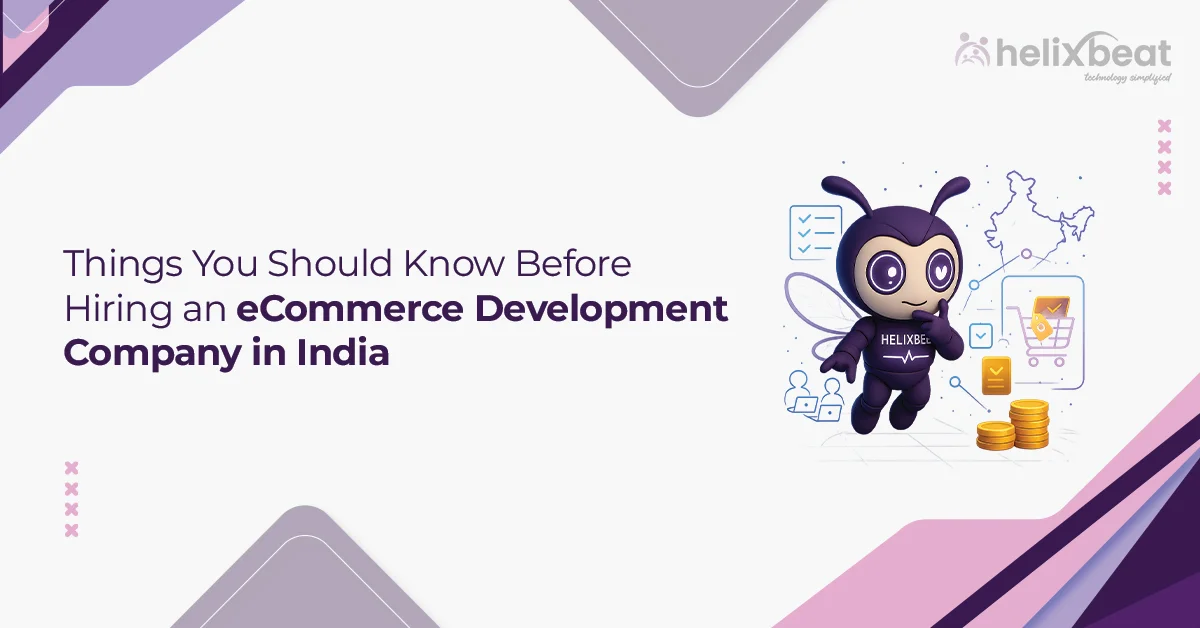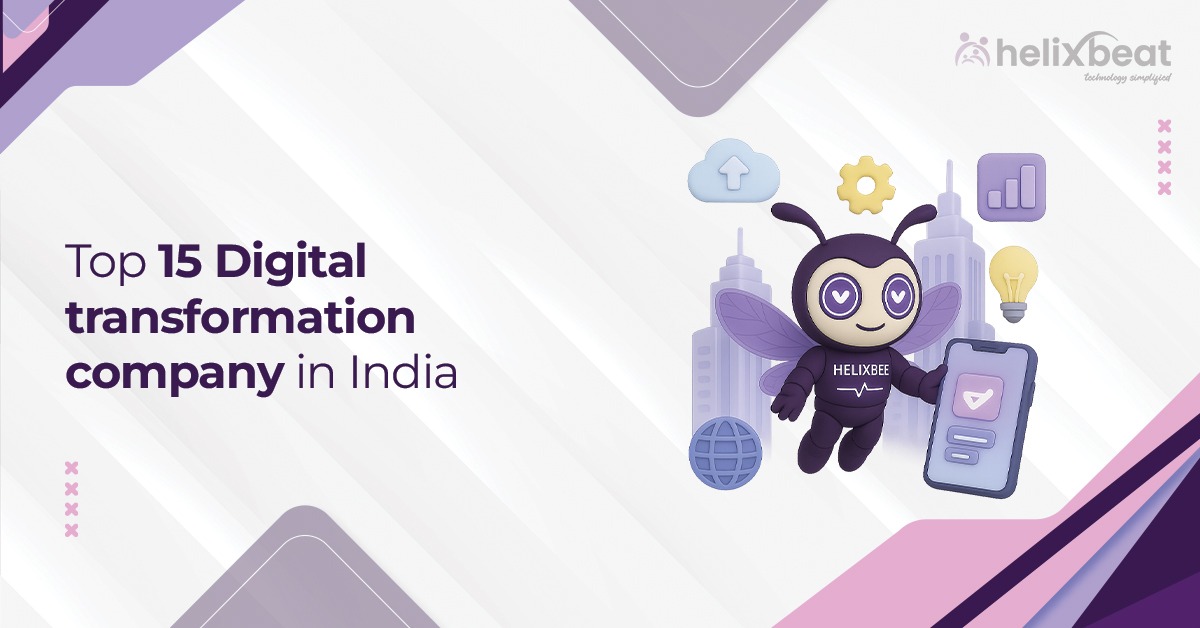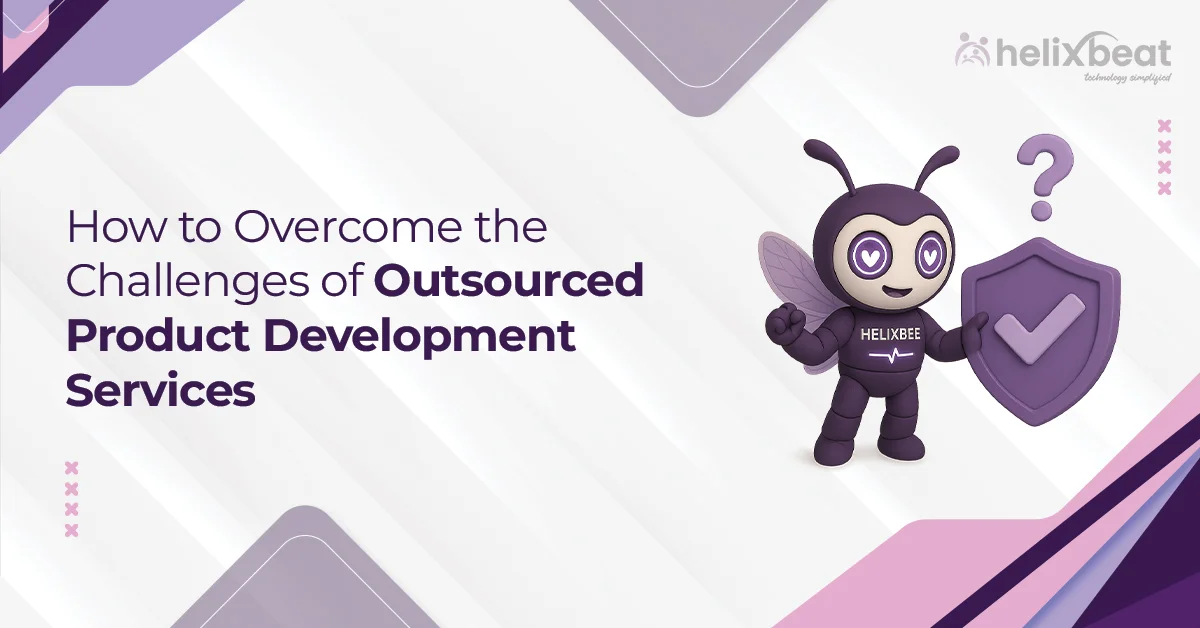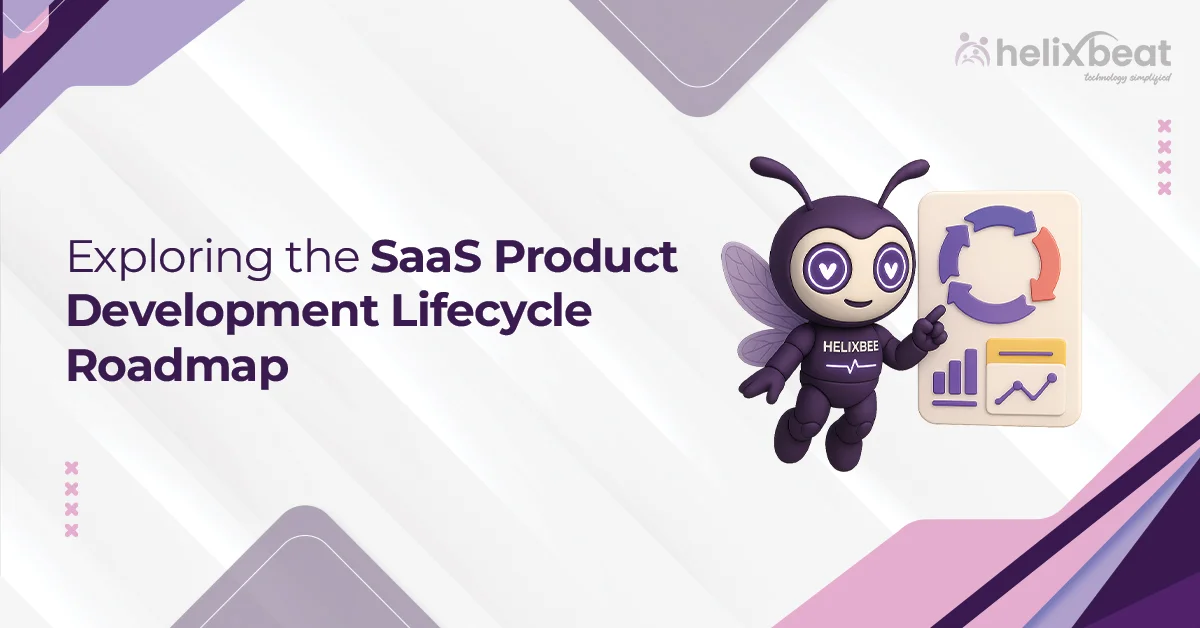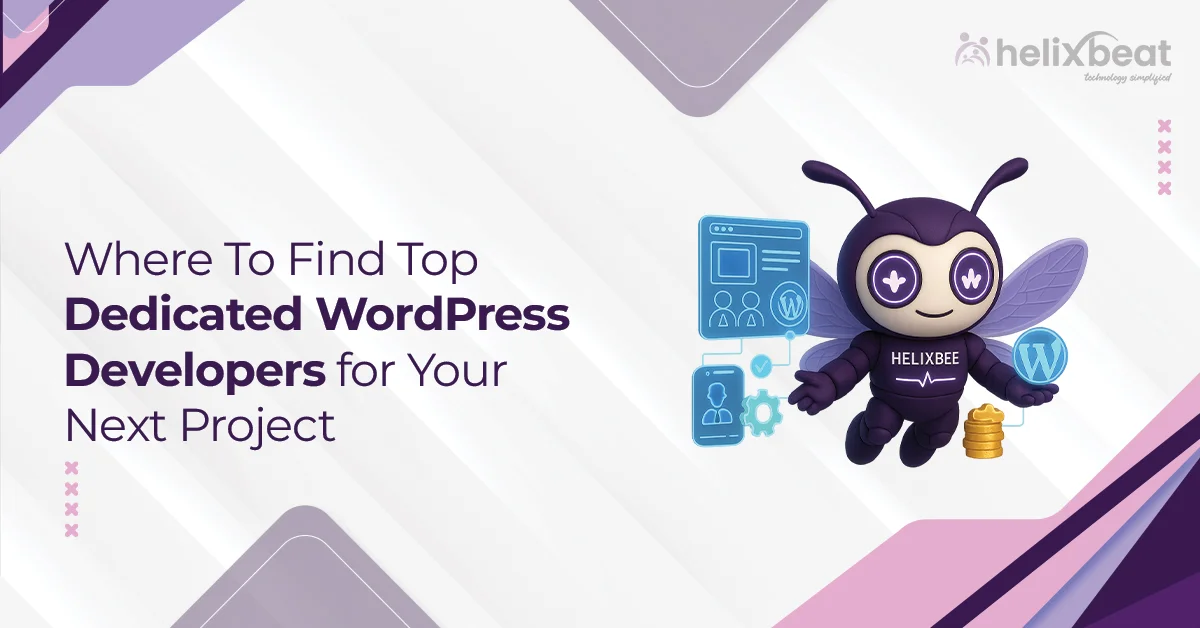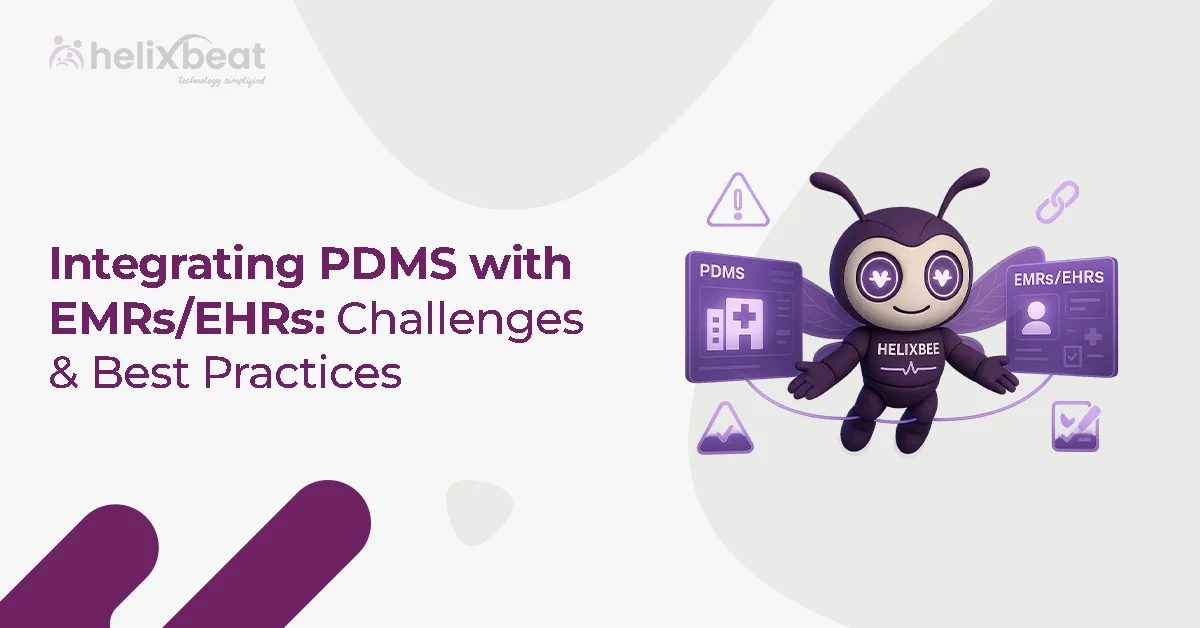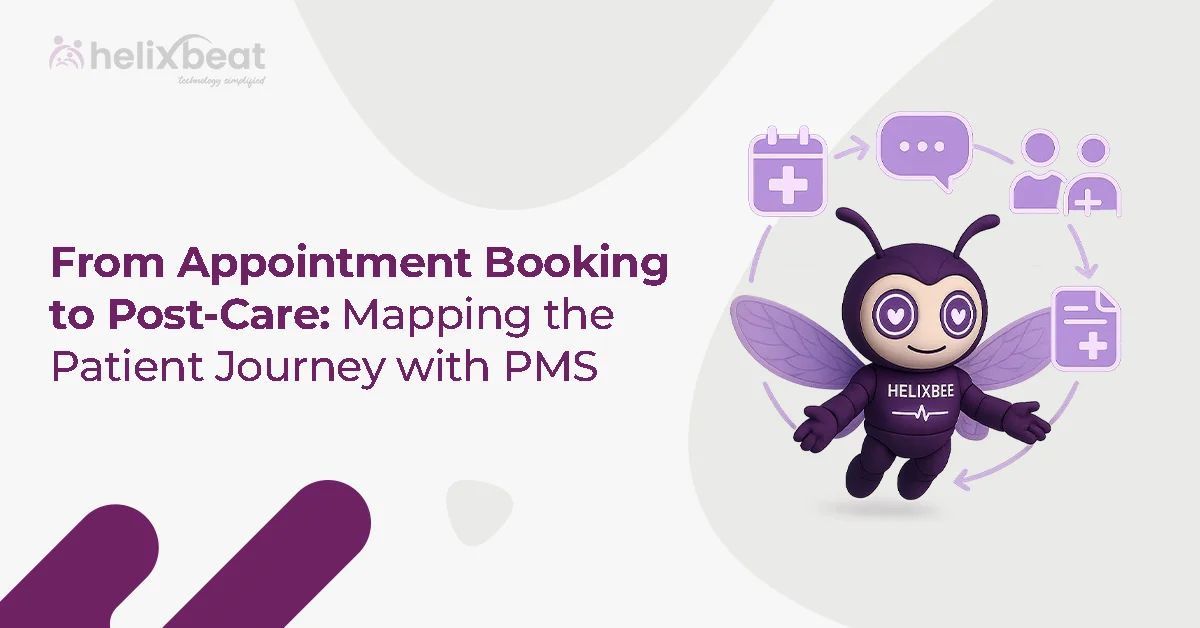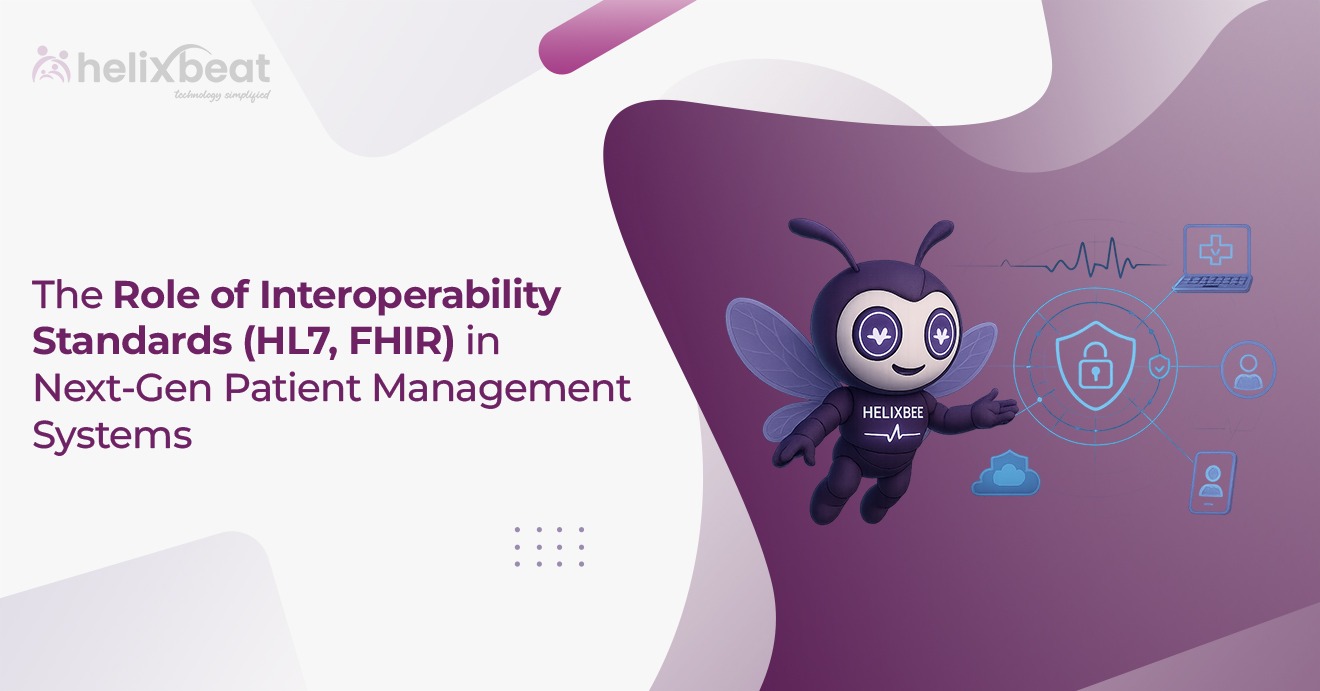What does it take to go from a concept to a fully functional IoT product that can revolutionize an industry? IoT product development involves much more than just integrating sensors and devices. It’s about creating an ecosystem that’s secure, scalable, and capable of meeting real-world business needs. Whether you’re in the early stages of ideation or ready to scale, the path from prototype to production requires thoughtful planning and expertise.
Helixbeat’s IoT product development services guide you through every stage of the journey. From building your first prototype to scaling for global impact, the process involves technical insight, strategic execution, and a continued commitment to quality. Let’s explore how IoT product development takes shape and how Helixbeat ensures your product is ready for the market.

Table of Contents
What is IoT Product Development?
Before diving into the process of taking an IoT product from prototype to production, it’s essential to understand the core of IoT product development.
What Does it Involve?
IoT product development involves creating a product that connects devices, collects data, and communicates in real-time to improve business outcomes. This typically combines hardware (sensors, connectivity modules) and software (IoT platforms, analytics). For businesses, it’s about leveraging the data collected from IoT devices to make better decisions, automate processes, and drive efficiency.
Helixbeat focuses on both the software and hardware aspects of IoT product development. Their IoT product development services cover everything from the initial design phase to full deployment, ensuring that products are robust, secure, and scalable.
How Does Helixbeat Approach IoT Product Development?
Helixbeat, an experienced IoT product development company, takes a comprehensive approach to IoT product development. They focus on creating products that are not only functional but also scalable. By understanding market needs and ensuring every design choice aligns with business goals, they deliver solutions that optimize performance and unlock new value.
The Stages of IoT Product Development
IoT product development is a journey that typically follows a set sequence of stages. Let’s break down the key stages that Helixbeat follows to create high-performing IoT solutions.
Stage 1: Conceptualization and Feasibility Assessment
Before any hardware is built or software is written, the first step in IoT product development is to define the concept. At this stage, the focus is on validating the idea and ensuring it aligns with market needs.
Helixbeat’s team conducts feasibility assessments to determine whether the idea is technically viable, how it can be implemented, and whether it has market potential. This is where your vision meets actionable insights, forming the foundation for a successful product.
Stage 2: Prototyping
Once the concept is validated, it’s time to build a prototype. Prototyping is an essential step in IoT product development, allowing teams to test ideas, evaluate performance, and identify issues early on. At Helixbeat, prototyping involves developing the core functionality and interface, integrating the hardware with the software, and ensuring that communication protocols between devices work seamlessly.
Stage 3: Testing and Iteration
IoT products are rarely perfect on the first try, so rigorous testing is key. Helixbeat uses a mix of internal testing and real-world validation to identify weaknesses, whether in software functionality or hardware design. Feedback loops are vital here, enabling developers to make necessary adjustments, fine-tune features, and ensure that the product performs as expected in real-world conditions.
Stage 4: Final Product Development and Production Readiness
Once the prototype has been refined and the product meets quality standards, it’s time for full-scale production. This phase involves preparing the product for mass production, including finalizing hardware designs, software applications, and cloud integrations. Helixbeat ensures that the product is secure, scalable, and optimized for performance, allowing businesses to deploy their IoT solution confidently.
Stage 5: Deployment and Post-Launch Support
Even after the product is in production, Helixbeat doesn’t stop. Post-launch support is an integral part of their IoT product development services. This includes monitoring the IoT system for performance, gathering user feedback, providing regular updates, and ensuring long-term reliability. Continuous support ensures that your IoT solution adapts to changing business needs and remains secure.
Why Security Matters in IoT Product Development?
One of the biggest challenges in IoT product development is ensuring the security of devices and the data they collect.
Data Protection and Compliance
As IoT devices collect sensitive information, it is crucial to protect that data from breaches. Helixbeat, as an experienced IoT product development company, integrates robust security protocols at every stage of the IoT product development process. Whether it’s device authentication, data encryption, or ensuring compliance with industry regulations, Helixbeat builds secure frameworks that keep data safe and secure from threats.
Vulnerability Prevention
IoT devices are vulnerable to cyber-attacks, and even a minor breach can compromise the entire system. Helixbeat takes proactive steps to integrate security measures such as secure communication protocols, vulnerability scanning, and regular updates to guard against evolving threats. Their IoT product development services ensure that your devices and data remain secure throughout the product lifecycle.
How IoT Product Development Drives Business Efficiency?
Implementing IoT technologies into your business can drive efficiencies and unlock new growth opportunities.
Streamlining Operations
IoT product development enables solutions that reduce manual processes, automate workflows, and provide real-time insights into operational performance. This not only boosts productivity but also enables businesses to optimize resources, reduce downtime, and improve decision-making.
For example, Helixbeat, an experienced IoT product development company, helped a logistics company automate its vehicle fleet management system by integrating GPS sensors and IoT connectivity. The result? Improved asset tracking and a 15% reduction in delivery times.
Enhancing Customer Experience
IoT systems can improve customer satisfaction by providing personalized, real-time services. Whether it’s through predictive maintenance in manufacturing or smart home automation, IoT product development offers a way to cater to customers’ needs more efficiently. By leveraging IoT product development services, businesses can deliver smarter, more responsive customer experiences.
The Role of IoT Data Analytics in Product Development
An IoT product isn’t just a collection of connected devices—it’s about harnessing the data these devices produce.
Transforming Data into Actionable Insights
The real value of an IoT product lies in the insights that come from the data it collects. Helixbeat’s IoT product development services leverage advanced analytics to turn raw data into business intelligence. Whether it’s predictive maintenance for machinery or monitoring patient health metrics, IoT data analytics empowers businesses to make better decisions and forecast future needs.
Real-Time Decision Making
With real-time data streaming from connected devices, businesses can respond instantly to emerging challenges or opportunities. This ability to act quickly can give companies a competitive edge in industries such as healthcare, manufacturing, and logistics. By incorporating IoT product development and advanced analytics, companies can stay ahead of the curve in making informed, timely decisions.
Choosing the Right IoT Product Development Company
When selecting an IoT product development company, it’s essential to partner with a team that not only understands the technology but also aligns with your business goals.
Why Helixbeat is the Right Partner?
Helixbeat offers tailored IoT product development services with a focus on scalability, security, and innovation. With a proven track record in developing IoT solutions for a range of industries, Helixbeat provides end-to-end support, from prototyping to post-launch monitoring. Their team is committed to building solutions that align with your business needs and objectives, ensuring a successful IoT product development and deployment.
Final Words
IoT product development is a multifaceted process that involves careful planning, prototyping, testing, and post-launch support. From building secure and scalable solutions to providing ongoing maintenance, Helixbeat’s comprehensive approach ensures that your IoT product thrives in real-world applications.
Whether you’re just beginning to explore IoT or looking to scale your existing solution, Helixbeat offers the expertise, innovation, and support to help you succeed. Embrace the power of connected devices and unlock new possibilities for your business with Helixbeat’s IoT product development services.
FAQs
1. What’s the difference between IoT hardware and software development?
IoT hardware development focuses on creating the physical devices (sensors, actuators), while software development deals with the applications and systems that process data from those devices.
2. How does Helixbeat ensure the security of IoT products?
Helixbeat integrates advanced security protocols, including encryption, authentication, and compliance with industry regulations to safeguard IoT devices and data.
3. What is the typical timeline for IoT product development?
The timeline varies depending on complexity, but it typically ranges from several months to over a year for large-scale projects, from prototype to production.
4. How can IoT product development improve my business?
IoT product development helps businesses streamline operations, automate tasks, reduce downtime, enhance customer experiences, and unlock new revenue streams.
5. What are the key challenges in IoT product development?
Key challenges include device integration, ensuring data security, managing scalability, and handling large volumes of data efficiently.





